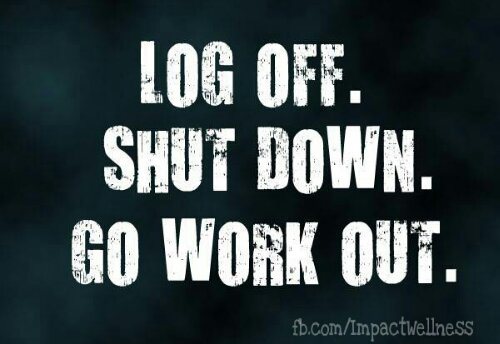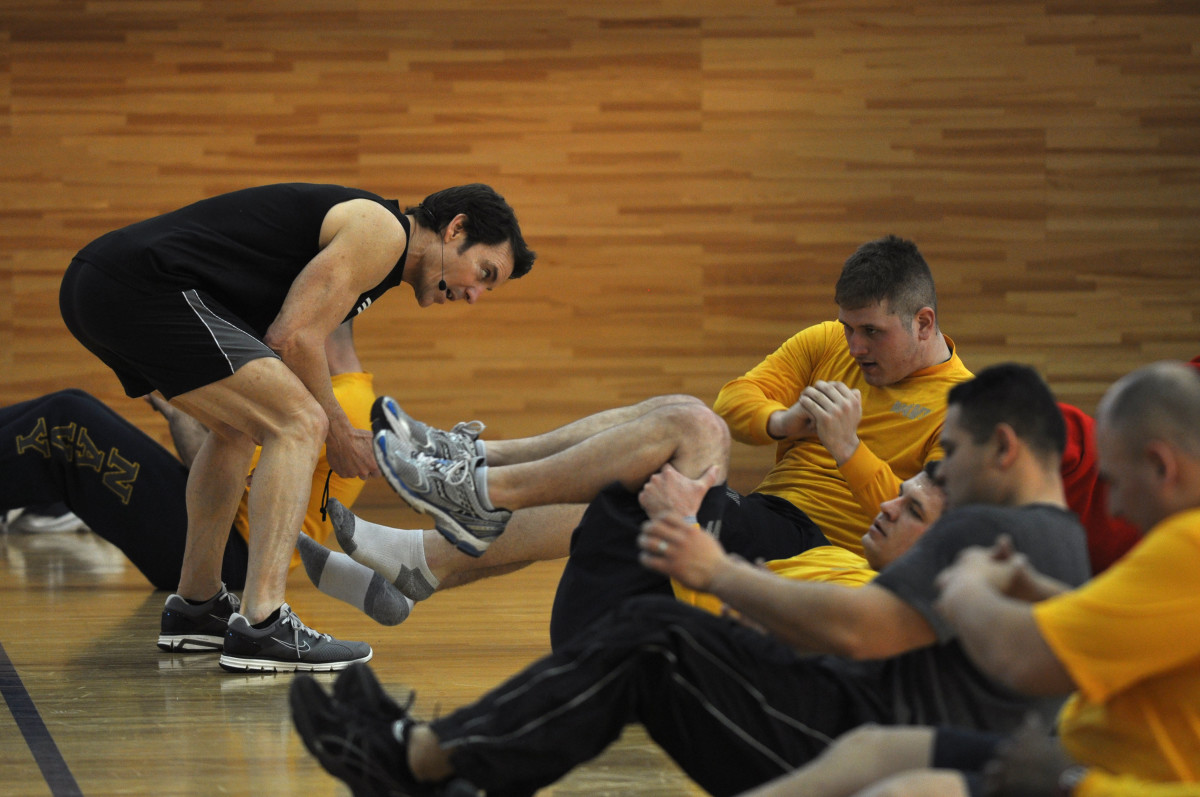Teaching Yourself to Workout

Creating an exercise schedule can be very difficult, especially if it you are new to working out regularly. In this day and age, people have a hard time fitting in an hour or so of time for a workout. Furthermore, many people have a hard time recognizing that an hour of exercise is a time dedicated to themselves, a way of giving back to your hardworking body, and a way of treating yourself well.
With these tips, hopefully you will find the inspiration to regularly give yourself the gift of fitness!
Fitting In That Time
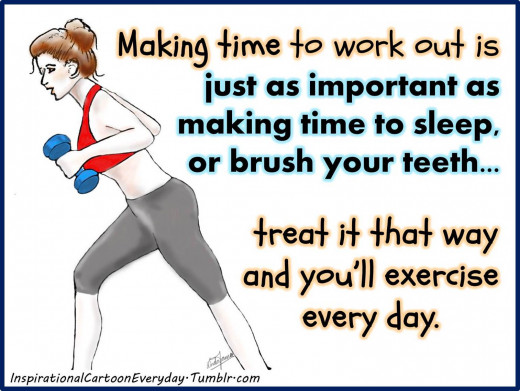
If you're new to creating a workout schedule you can stick to, here's a tip: don't start everything all at once! Plan to have two or three workouts in your first week. Space them out, so it's Monday/Wednesday/Friday or Tuesday/Thursday, whatever you like! For now, make sure they aren't back to back, so your muscles have time to recuperate between workouts.
However, make sure you have a workout time blocked out on those days off too. Here's why: you need to get your mind and your body into the rhythm of setting that time apart for your workout. (After 21 days of doing something, it's a habit, so keep that block of time open and soon enough it will be a habit!)
Another common question is how long your workout time needs to be. Ultimately, that's up to you! But if you are planning on losing weight, those long sessions of cardio are probably not going to cut it. It takes a lot of time, its tough on your joints, and over time you could simply plateau and feel energy drained. It would be wiser to mix up your cardio with strength, or even do both in one workout! There are a lot of cheap programs nowadays that involve as little as 30 minutes a day, where you work as hard as you possibly can in a small amount of time. (More on this topic below)
In conclusion, plan on working out out 2-3 times a week for 60 minutes max until you are ready for more. Find slots of time in your day that are manageable. Some people juggling kids and a job may find that they only have 30 minutes in the morning. That is okay! On the other hand, different people would rather spend more time in the afternoon and don't want to feel rushed. That's okay too! There are plenty of ways you can make your workout time fit your needs.
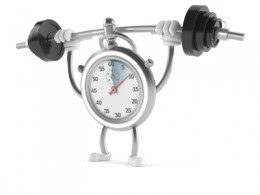
A Custom Workout, Just For You
The 30 Minute Method:
Find a program that works you hard in 30 minutes. You might not need that full hour; 30 minutes of tough work will benefit you tremendously. Do some research to see which kinds of programs fit you. Or, if you don't want to spend the money, you can research different types of workouts on all sorts of websites, and even some youtube clips that will lead you through a workout.
The 60 Minute Method:
There's a little more leniency in this method because you don't need to make sure you are packing it all into 30 minutes. If you're starting out with 3 days a week, make sure at least one of those days involves strength. The strength workouts are going to be really important for giving you better stamina during cardio. It is very important to develop your muscles so you have something to work with. Women: don't be afraid of strength workouts. You're not suddenly going to get tremendously bulky in a month, even if you're working with weights. You will, however, start to look more defined and toned.
For Both Methods:
For those cardio days, one of the best methods out there is HIIT: High Intensity Interval Training. This means instead of lightly jogging on the treadmill for an hour at the same pace, do a sprint/increase the resistance on your machine every five minutes. You won't have to spend as much time on the treadmill and you'll increase your stamina much faster.
In whatever plan you choose, make sure you switch it up! You don't want to be tired of doing the same 2 or 3 routines each week and then stop. It might mean that if you definitely don't want to workout on one of your planned days, you don't have to. Just substitute it with walking or yoga or stretching. If you continue to stay active in that time, you'll change your way of life tremendously.
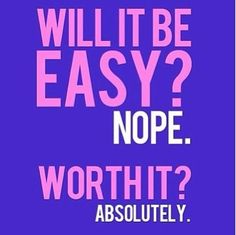
Mind and Body Connection, Know Yourself
One of the more difficult things to realize during this process is how connected your mind and body are to each other. It sounds obvious, but it takes a lot of forward thinking to realize that nothing will change unless your frame of mind does. If you finish a week of working out and don't see much difference in the mirror, your comparison pictures, or on the scale, do not get discouraged. There are a lot of good changes happening in your body INTERNALLY that you can't see yet. (Not to mention, don't look at the scale too often. Your body will fluctuate a lot day to day.) What really matters is how you feel. You should start to feel good after your workouts--not just because you finally got yourself to do so--but because the actual workout releases feel-good hormones.
That being said, know when to stop. You should challenge yourself but don't push yourself too hard at first or you won't want to work out again. Forget about what that incredibly muscular person on instagram can do in 30 minutes. What you can do at that moment in time is enough.
Consistency
Finally, one of the most important things about starting a new workout schedule is that you have to be willing to stick to the schedule. The motivation has to come from you, or else you aren't going to be successful. Each individual workout is hard in itself, but maintaining that consistency mentally is just as hard! If you don't want to workout one day, ask yourself why. Is it because your muscles are sore? Are you feeling tired? Under the weather? Or just mopey and lazy? Know yourself and know when you don't have a legitimate reason to skimp out. You're only cheating yourself. Remember this common quote: no one ever regrets a workout once they've finished it!
Many people don't have consistency, and so they turn to an expensive weight loss program. What they're forgetting is that a critical reason those programs are successful is because you had to PAY to get it. If you invest money into your weight loss, of course you're going to stick to the plan! You don't want that money to go down the drain.
So, instead of investing in an expensive program, invest in yourself. You can do it on your own.
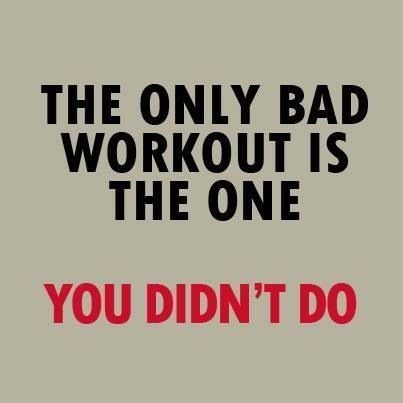
Helpful Tips to Summarize!
1: Eating right! If you look at a lot of successful weight loss stories, the right eating is about 90% of the reason people get the results they want. Eating "clean" along with your workout schedule is essential to losing weight. Like your schedule, plan ahead with your food! Schedule a time you can make bulk food for you to eat during the week/later on. It's less expensive than buying pre-planned meals and better for you, as you know everything that went into your food.
2: Make sure you give yourself a “cheat meal” or a treat every so often so you don’t binge. There’s food for your body, and there’s food for your soul.
3: Read all the ingredients in your food. Everything. Don't know what aspartame is? Look it up. Avoid packaged food with ingredients you don't know/can't pronounce.
4: Research research research! Look up different workout moves you can do in your home. Look up ingredients. Look up the benefits in each of your fruits and vegetables. Knowledge is power!
5: Drink lots of water. Try to drink a full glass before you eat anything for the day, this will get you a head start.
6: Write in on your calendar/add reminders on your phone when your workouts are.
7: Good luck!
